The note taker's dilemma
It's a problem facing all note takers. Do you recognise it?
 4 min read
4 min read
 Published: 2 Jul 2021
Published: 2 Jul 2021
 Luke Garbutt
Luke Garbutt
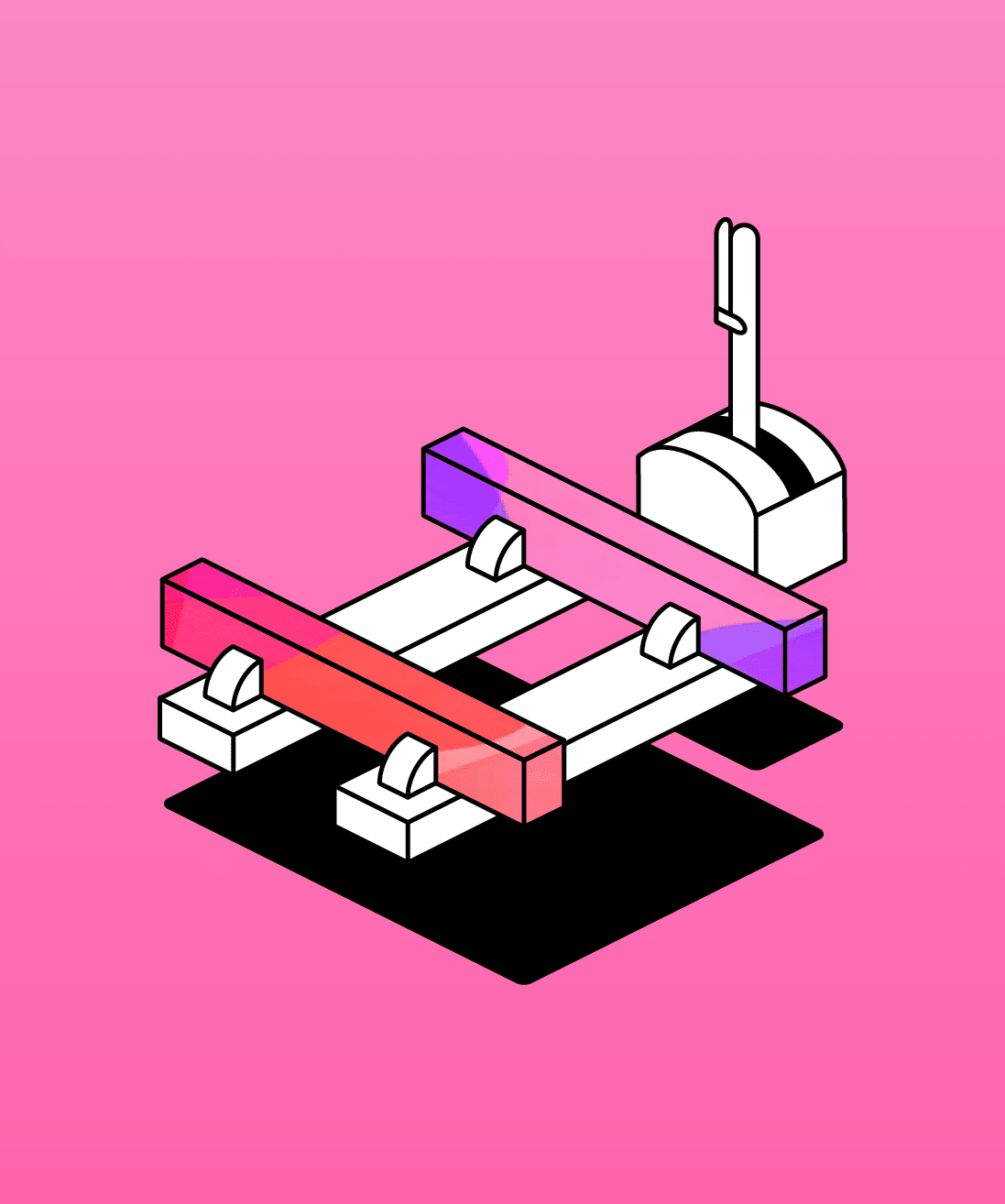
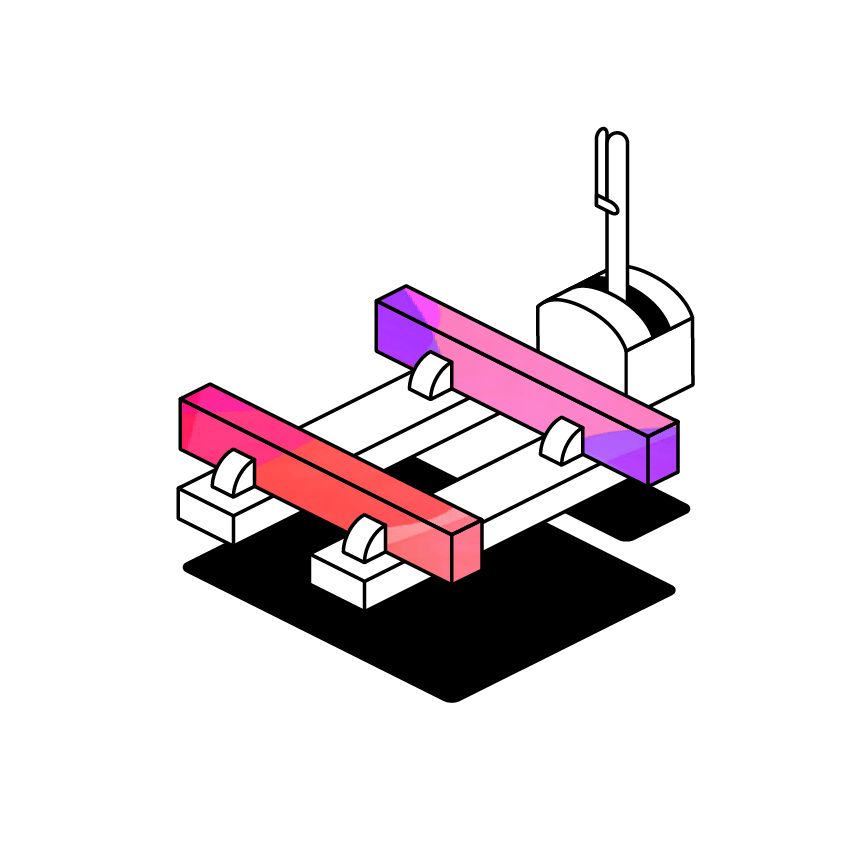
We're about to explain a dilemma facing everyone taking notes. And it's a little bit like another problem you may have seen...
A classic learning problem
The trolley problem; it’s in every moral philosophy 101, inspired countless memes and the subject of endless debate.
If you’re unfamiliar with the trolley problem, here’s how it goes:
A trolley is hurtling down a track toward 5 people tied to the rails.
On another section of track, there’s one person tied to the rails
You have a lever. If you pull it, you’ll direct the train away from the 5 tied on this length of track. However, that decision will mean the individual tied up on the second length will get hit.
What do you do?
The trolley problem is a classic thought experiment with a difficult choice where, no matter what, there’ll be real consequences.
Despite the extreme situation it depicts, the trolley problem is an analogy for all the binary choices we have to make in life. Sometimes, there’s never a way to win outright, and your choice is about minimising loss.
This got us thinking about note taking...
The problem with note taking
We know what you must be thinking - getting from the trolley problem to note taking feels like a stretch.
But at its heart, live note taking is a choice. You have information flying at you - do you focus on engaging with the lecture? Or do you try and capture all that valuable information in your notes?
It’s a problem that lives in the back of every note taker’s mind. And, no matter what you choose, you’ll be missing out on something.
Focus on capturing everything and you might get tied up with your note taking and lose the thread of the lecture. Focus on listening and absorbing the info and you might miss out on a useful record to come back to later.
It might not be a choice between who lives and dies on the train tracks, but it’s a choice that has real consequences for learning.
Just as any exploration of the trolley problem involves a breakdown of the results of each choice, let’s do it for the note taker’s dilemma.
Track 1 - Engaging in the moment
So you’ve chosen to take the listen and engage approach. You’re devoting all your concentration to the lecture, focusing on what’s happening around you and the words of the speaker.
By choosing this track, you’re not creating a detailed record for later. However, you’re set up to follow the flow of the information, to observe the visual elements and non-verbal cues that form part of any college lecture.
You’re also well-placed to follow classroom discussion and get involved when you need to - something that can really help clarify points you’re not sure about.
And as note taking researchers have pointed out, people furiously writing notes usually miss the secondary points and examples that help give the content life. By hanging back, you’re better able to pick up on these cues.
You’re able to ask questions if there’s something you’re unsure of. You won’t be getting bogged down in writing. And you’re in a good position to spot connections and create links between important points.
But…
- You’re not creating a record
- Your mind might wander
- You’re not encoding the information.
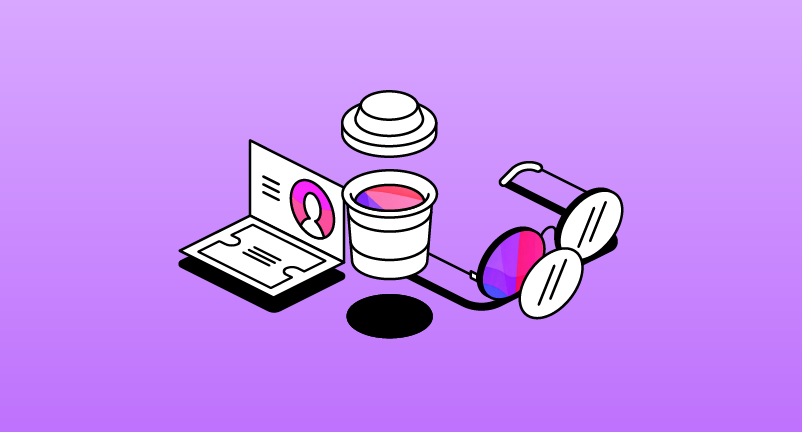
Track 2 - Capture it all
You’ve decided to capture as much of the material as possible. You’re constantly in motion, trying to get key points and examples down onto the page before the speaker moves on.
Choosing to take comprehensive notes means you’ll have something to fall back on later. A few weeks or months from now, you’re confident that you’ll be able to look at these notes and at least get a reminder about the points you’ve recorded.
And if you approach it right, science backs you up. According to research, students that take complete notes perform better in tests.
Just as important, however, is that you’re active. You’re concentrating on the speaker and channelling that focus through your notes. You believe that this itself might help you to remember the key information.
But…
- You’re missing out on non verbal info
- You’ll always miss huge amounts from your notes
- It’s harder to get the whole picture
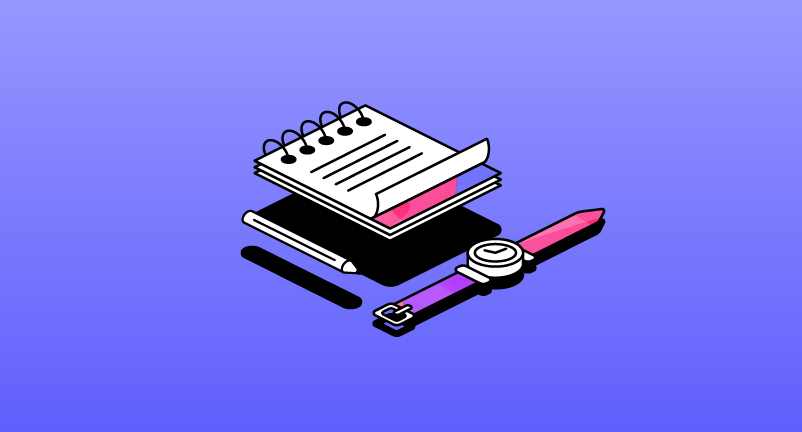
What would you choose?
A few notes from research
Research into note taking recognises the note taker’s dilemma without giving it a name. Published material includes studies into the ‘why’ of note taking, the value of typed vs written notes, what makes effective note taking, and the effects of active listening.
But a common theme is that it’s not just what you do in the class that defines successful note taking, but also what you do after.
If you’re a confident note taker, you’ll have a process for note taking, even if you don’t think about it too much. But the best note takers view the set they create in class as being works in progress, and this includes those who prefer to take minimal notes during class.
Reviewing your notes, testing yourself on your knowledge, adding more detail or condensing the material you’ve got are all highly effective ways to use those initial notes.
This got us thinking...
What if there was a third track?
So you’ve got a choice between two tracks that inevitably lead to loss. Or do you?
We’ve been invested in this dilemma ever since we started as a company. Note taking is central to the learning process, but this fundamental problem faces every learner trying to do it.
So we created a third track.
Based on reams of research, we crafted a 4-step note taking process that sets out an ideal framework for learning. And we built a tool that combines the benefits of capturing info and listening & engaging so that students can follow this process with confidence.
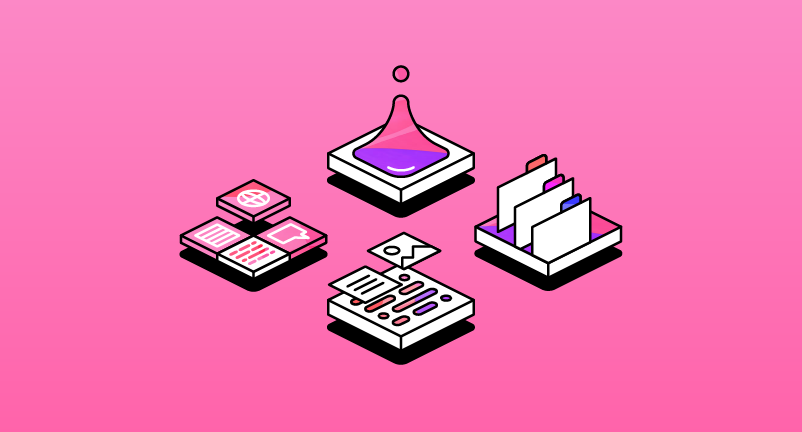
Track 3: Glean & CORI
Glean is our new app for smart note taking. It gives learners the power to decide whether to take notes or not during class by recording everything in an interactive way that’s easy to review and annotate.
Right off the bat, learners are getting all the material they need from class. But unlike traditional audio recorders, Glean lets users add visual labels and text notes to important moments. In other words, it gives students the ability to turn a recording into notes.
But just as important as the tech itself is the process that goes along with it. We call Glean’s note taking process CORI. Here’s how it works:
Improving access and learning
The third track creates whole new possibilities for learning.
Glean takes just 5 minutes for anyone to pick up. It’s just one of the reasons why hundreds of institutions across North America have been adopting it since we launched last year.
Learners have been enriched by note taking for the first time. Instead of note taking being a dilemma to be solved, it’s become a lasting solution for better learning.
Written by Luke Garbutt

Up next: How note taking improves learning
Now that we’ve introduced you to the Note Taker’s Dilemma, we’d like to tell you a little about how note taking strengthens the learning process, and the specific role it plays in creating deeper connections between learners and content.
Join us by following the link below.
More from Better Learning
View All
 2 min read
2 min read
3 student-proven time management techniques that work
From navigating demanding college schedules to excelling in the professional sphere, time management is a vital skill. Glean's student ambassador, Sherrie Zhao, shares her first-hand experiences and proven techniques for mastering this essential skill, offering valuable insights for students and professionals alike.
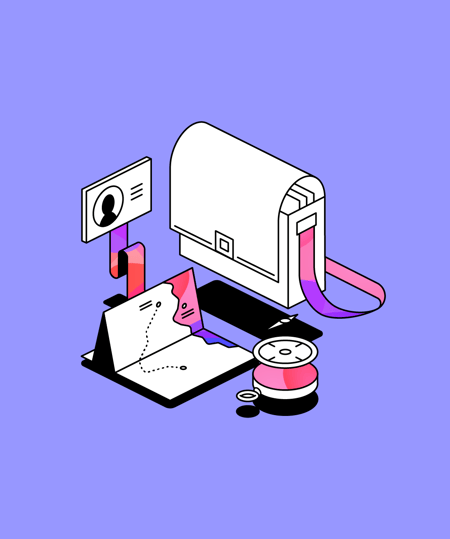
 5 min read
5 min read
How Glean helps first generation students overcome challenges
Being the first in your family to step onto a university campus is a triumph. But beneath the pride lies a unique landscape of pressures and uncharted territories. This blog explores the hurdles first gen students encounter and how Glean provides the support needed to unlock their full potential.

 2 min read
2 min read
Master class notes with text formatting
Your note taking just got an upgrade! We’re thrilled to announce that text formatting features are now live in your app. Let's take a look at how you can use text formatting to make the most of your notes.





